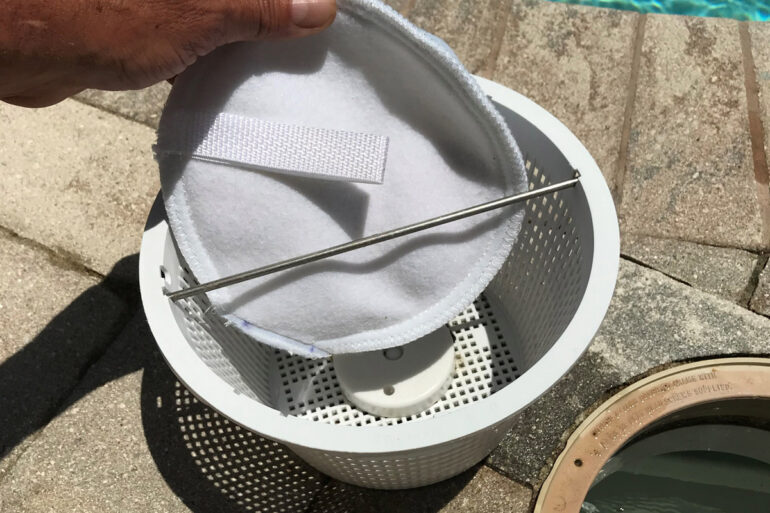It’s Never Too Early

How pool service companies plan for reopenings
When the calendar flips to a new year and warmer weather inches closer, homeowners anticipate the upcoming fun they’ll have in their now-dormant swimming pools.
At the same time, pool service companies are already taking steps to meet the demand for reopenings. How they deal with this time and staffing crunch depends on the services they provide, the size of their staff and their system management tools. It’s a critical service for customers that begins long before the first signs of spring.
Nicole Geissberger, service and construction coordinator for Hansen’s Pool & Spa in Kenosha, Wisconsin, says, “It’s never too early to get ready.”
Before the reopening calendar is even set, companies take a look at their pricing and offerings to keep up to date. Typical opening tasks include cover removal, checking for winter damage, cleaning out and/or replacing filters, adding chemicals and sometimes brushing pools or draining and acid washing them.
“We do a service we call preshock where we go out a week or two before and add 10 gallons of liquid chlorine to help speed up the cleanup process,” says Tracy Bond, co-owner of Great Valley Pool Service in Frazer, Pennsylvania.
Pool companies also reevaluate previous marketing efforts and launch new ones.
“We used to start calling our list of customers in January to book reopenings, but this year, we tried something different,” Geissberger says. Dubbed the Duo Deal, it gave customers who booked and paid for both their 2024 closing and 2025 pool opening a “nice discount on their order for service, chemicals and accessories on the same order, which also helped to ensure they were on our reopening schedule since we book up quite fast,” she says.
But the key consideration for these companies is managing staffing, which goes beyond simply using last year’s data.
“It’s about determining who will be with us this year,” Bond says. Based on their expected staff of long-term employees and additional help, they calculate weekly capacity. For example, she says, if they have 12 returning technicians, each reopening five pools a day and working five days a week, the weekly capacity would be set at 300 pools. “This capacity is built into our order entry system, which restricts bookings once it’s reached,” Bond says.
For Geissberger, the number of staff is more solid, as the company employs its technicians year-round. They use the offseason or slower times to do in-shop, hands-on training and attend trade shows. This not only furthers their careers but also boosts employee retention, she says. The company uses a more low-key service order entry system — scheduled by Geissberger with the help of Google Calendar and a known capacity for two to three openings a day per technician with a helper throughout their generally 30-mile radius.
There’s a pecking order, of course, to the actual homeowner scheduling. For Hansen’s, there’s that Duo Deal program, which is especially attractive to new pool owners without pool care experience. Duo customers then have access to priority dates, which for Hansen’s begin in April. “Customers like that April 1st date, even here in Wisconsin,” she says.
For the larger Great Valley Pool Service, Bond says, “Everyone wants their pool open two weeks before Memorial Day, but we simply can’t accommodate everyone in that same week.”
To manage this, her company limits when they accept orders, typically opening their online system for recurring customers in February. These customers, who receive weekly maintenance service through the summer, get priority and select dates first. Other long-term customers are next; then the company opens scheduling to the general public, including seasonal or new clients. The system designates specific customer tiers for early access, while others see a message that booking isn’t open yet.
Sometimes reopening schedules are impacted by unexpected bad weather, client cancellations and equipment issues. There are strategies for all contingencies, including having backup staff, extra equipment on the trucks and alternative scheduling options.
If rescheduling is necessary, or new or emergency requests turn up, teams at Hansen’s and Great Valley will step up to fit them in outside of normal business hours.
“They’re ready to take care of our customers to help retain business with any opportunity we can,” Geissberger says.






